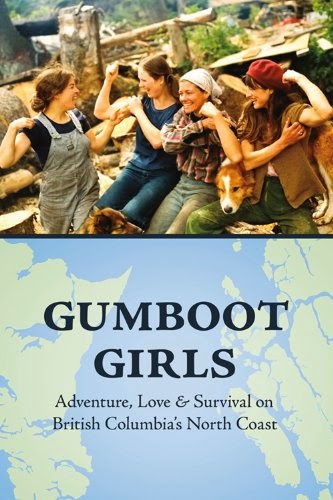 I grow potatoes in barrels on my cabin deck.
I grow potatoes in barrels on my cabin deck.
My potato of choice is Yukon Gold because they grow easily, store well, make excellent seed potatoes for the following season’s crop, and cook up soft and creamy.
 |
| Using Mom's old mandolin slicer. |
Wayne asked for Scalloped Potatoes. I remember from growing up, but it's been decades since I've made them.
I found a recipe in my
Illustrated Library of Cooking (Family Circle, 1972: Volume 1, page 55) that sounded like Mom’s.
Scalloped Potatoes
Ingredients:
4 cups thinly sliced raw potatoes (about 6 medium)
¼ cup thinly sliced onion (optional)
2 tablespoons flour
1 teaspoon salt
1/8 teaspoon pepper
3 tablespoons butter or margarine
2 cups milk, scalded
½ cup shredded Cheddar cheese
Instructions:
 |
| Layer potatoes, onions, and flour. |
Layer one third of the potatoes in a buttered (I used vegetable spray) 8-cup baking dish. Add half of the optional onion slices (that’s the way I remember Mom's).
Combine flour, salt and pepper in a cup. Sprinkle half over the potatoes.
 |
| Dot layers with butter or margarine. |
Dot with half of the butter or margarine.
Add another layer of one third of the potatoes (and onions if desired). Sprinkle with the remaining flour mixture and dot with the remaining butter.
Add a final layer with the remaining potato slices.
 |
| Pour scaled milk over final layer. |
Scald the milk (heat to near boiling) and pour over the potatoes. It should be just visible between the slices of the top layer.
Cover and bake at 375° for 45 minutes.
Remove and sprinkle with grated
 |
| Sprinkle cheese on top. |
cheese. Bake uncovered for an additional 15 minutes until the cheese is melted, and the potatoes are soft and bubbly. I added 10 minutes for mine to be ready to serve.
Wayne fixed steak for us on the BBQ, so it was a meat and potatoes night. While the potatoes were baking, I used
a pint of the spiced apples I put up last fall to make a
small apple crisp in the oven at the same time.
 |
| Scalloped potatoes and apple crisp for dinner. |
Who says living off the grid has to be tough. Not me! -- Margy



























































